This review is taken from PN Review 25, Volume 8 Number 5, May - June 1982.
on Charles Tomlinson's 'Some Americans'
Charles Tomlinson, Some Americans: a Personal Record
Charles Tomlinson has long been an advocate of a development in American poetry that bewildered British readers, and in this elegantly produced book he recounts the ways 'certain American poets, together with a painter, helped an English poet find himself. The situation he sketches in the opening chapter has probably not altered much. A student going up from the provinces to read English at Cambridge in the 1940s knew little American poetry, his tutors never mentioned it. Tomlinson thus discovered what became important to him by chance, beginning with Pound while still at grammar school. The impression made by Pound's 'cleanliness' of phrasing survived a great bout of reading Whitman, and was reinforced by finding Marianne Moore's 'The Steeple-Jack' and later, 'The Fish'. While Tomlinson admired their dexterity, their accuracy of perception and Moore's deft rhyming, he was not ready to emulate them. On the heels of Moore came Stevens; when Donald Davie passed him a poetry anthology, Thirteen Ways of Looking at a Blackbird' caught his eye, appealing to the poet but also haunting the painter's imagination. As a painter, Tomlinson was most interested in 'the particulars of a landscape or an object'; it was rather his poetry that benefited from a critical reading of Stevens's 'The Comedian as Letter C', in which the hero learns 'to see the world afresh rather than take off into the absolute'. That Tomlinson should have been tempted by the absolute in the form of Hart Crane's 'sea-merge' is unexpected, given his ...
The page you have requested is restricted to subscribers only. Please enter your username and password and click on 'Continue':
If you have forgotten your username and password, please enter the email address you used when you joined. Your login details will then be emailed to the address specified.
If you are not a subscriber and would like to enjoy the 292 issues containing over 11,700 poems, articles, reports, interviews and reviews,
why not subscribe to the website today?
